Project: Feasibility Study in Papua New Guinea and the Pacific Region
World Vision
Ongoing since 2018
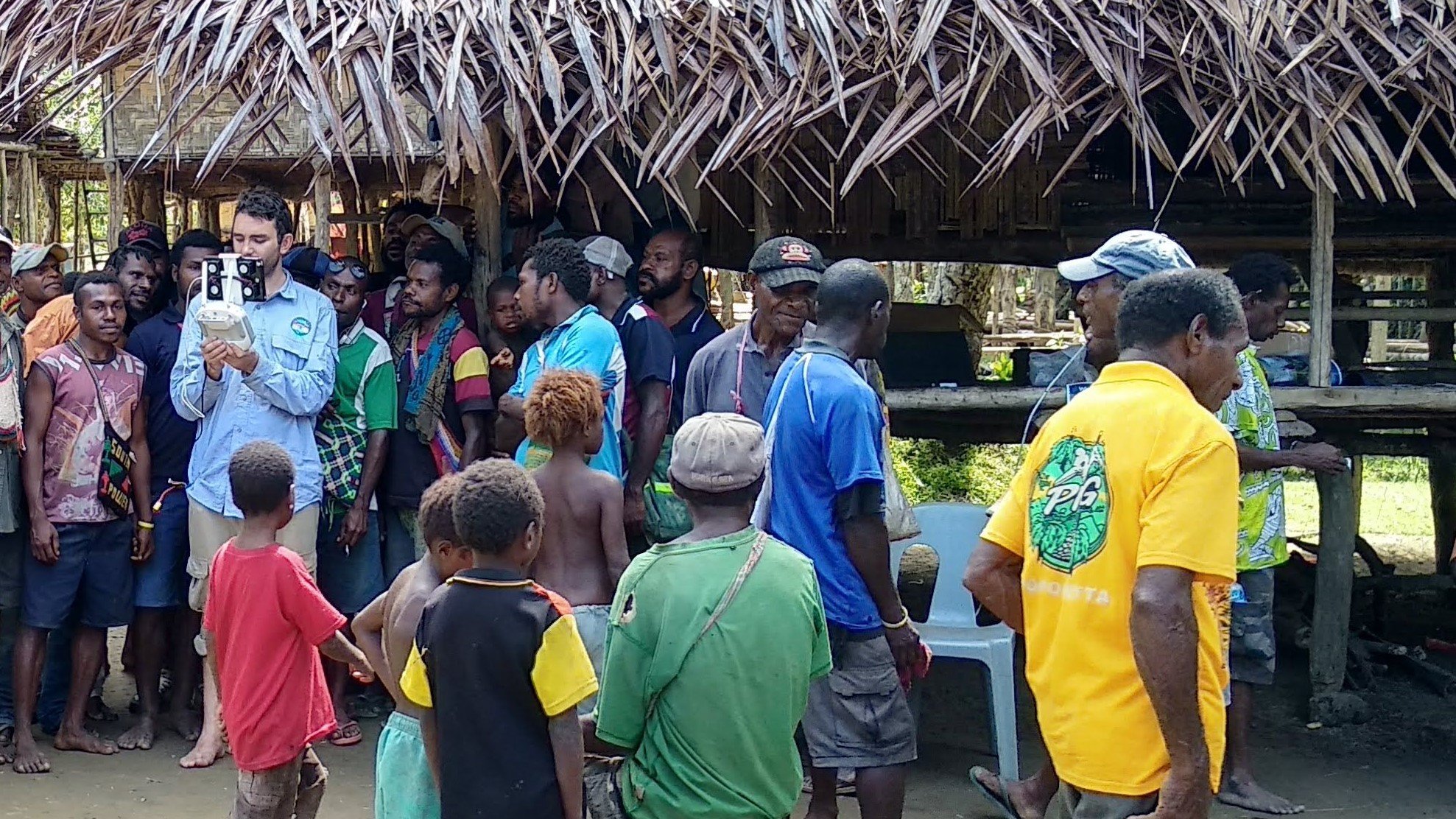
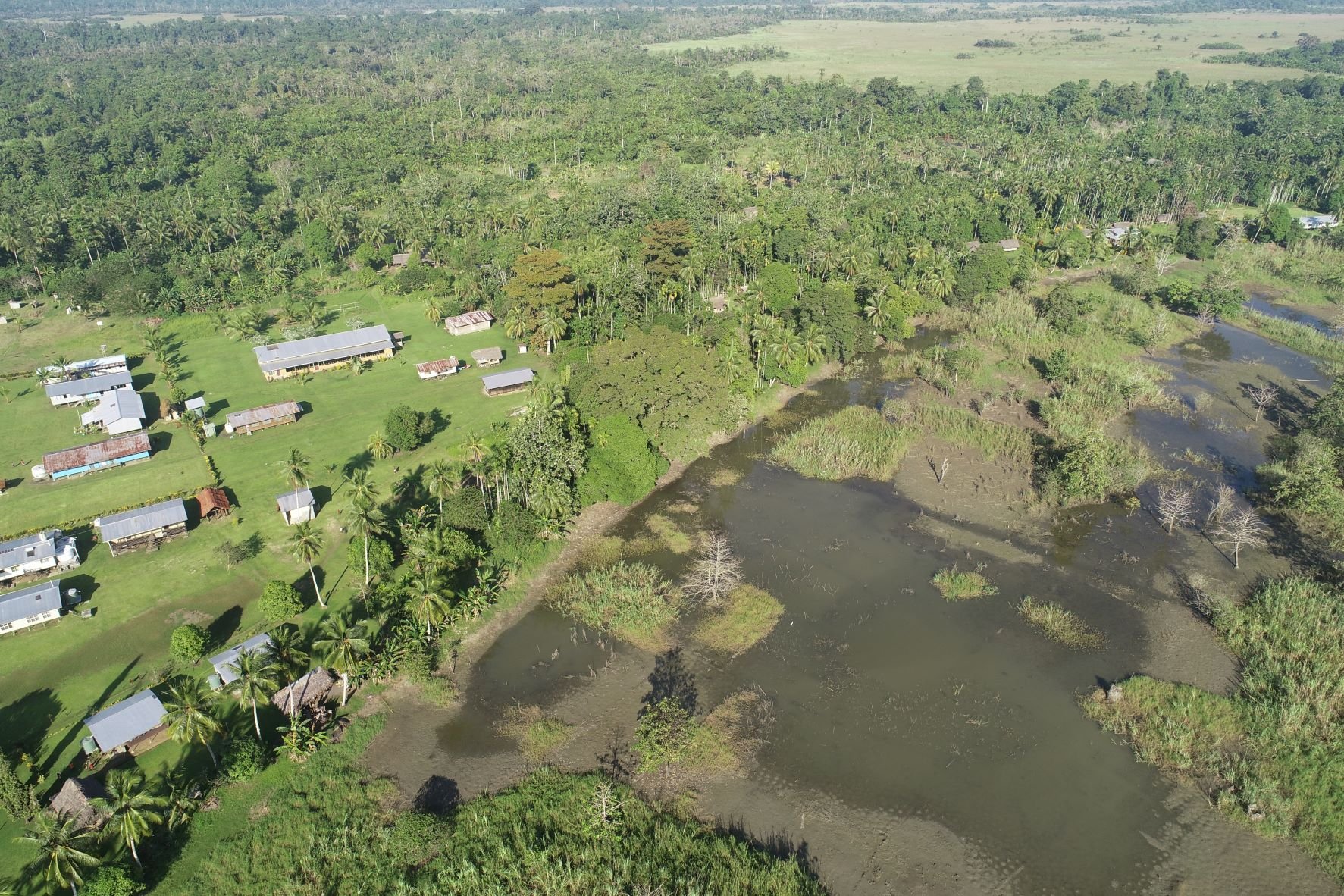
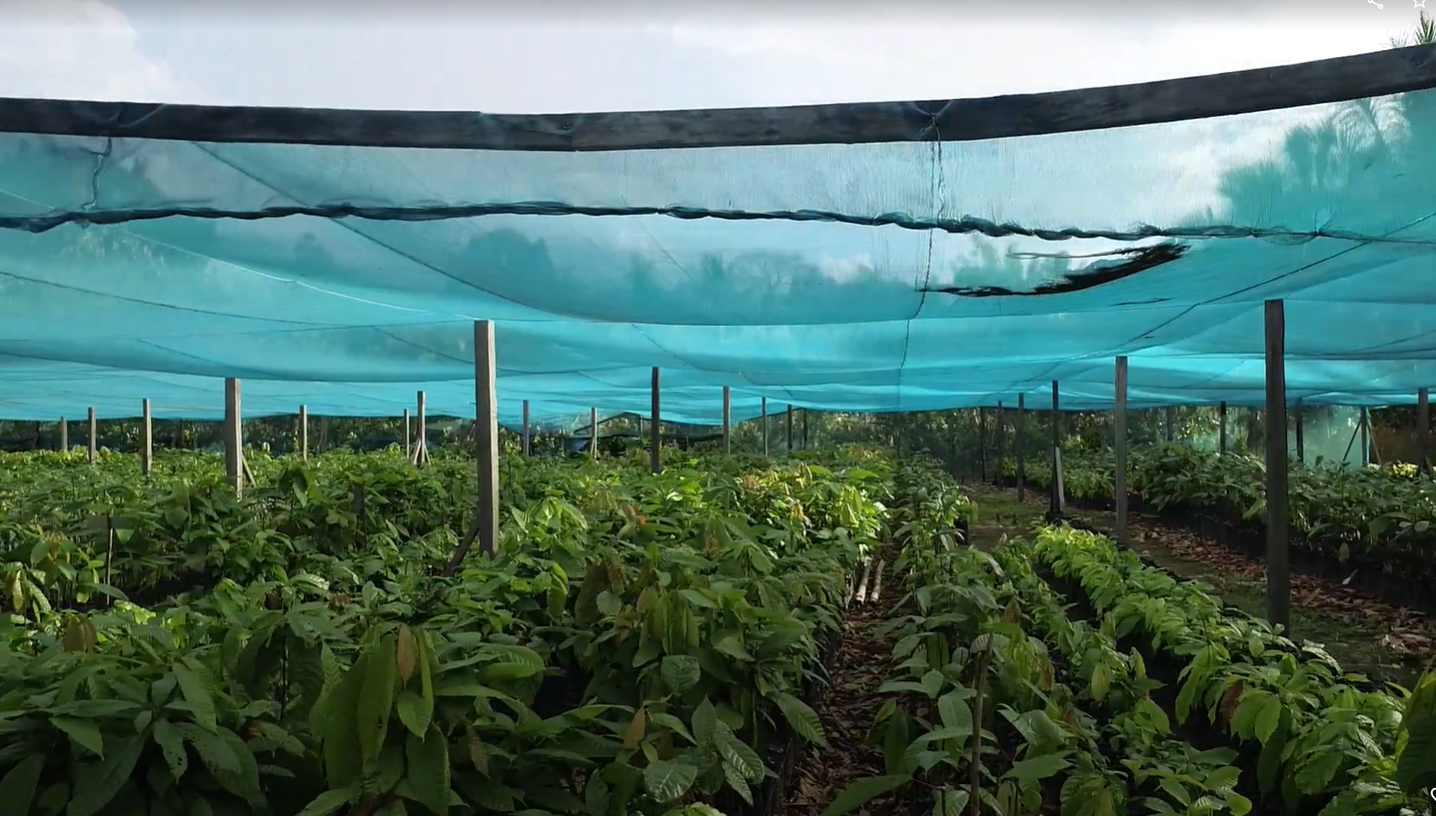
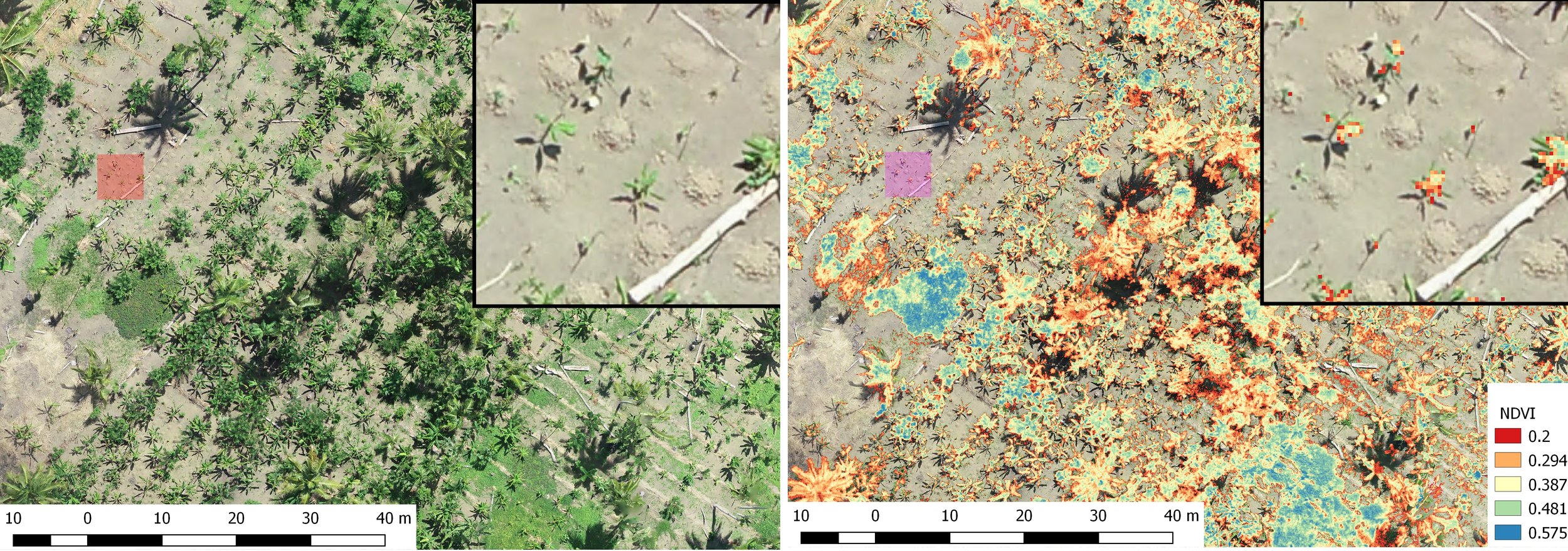
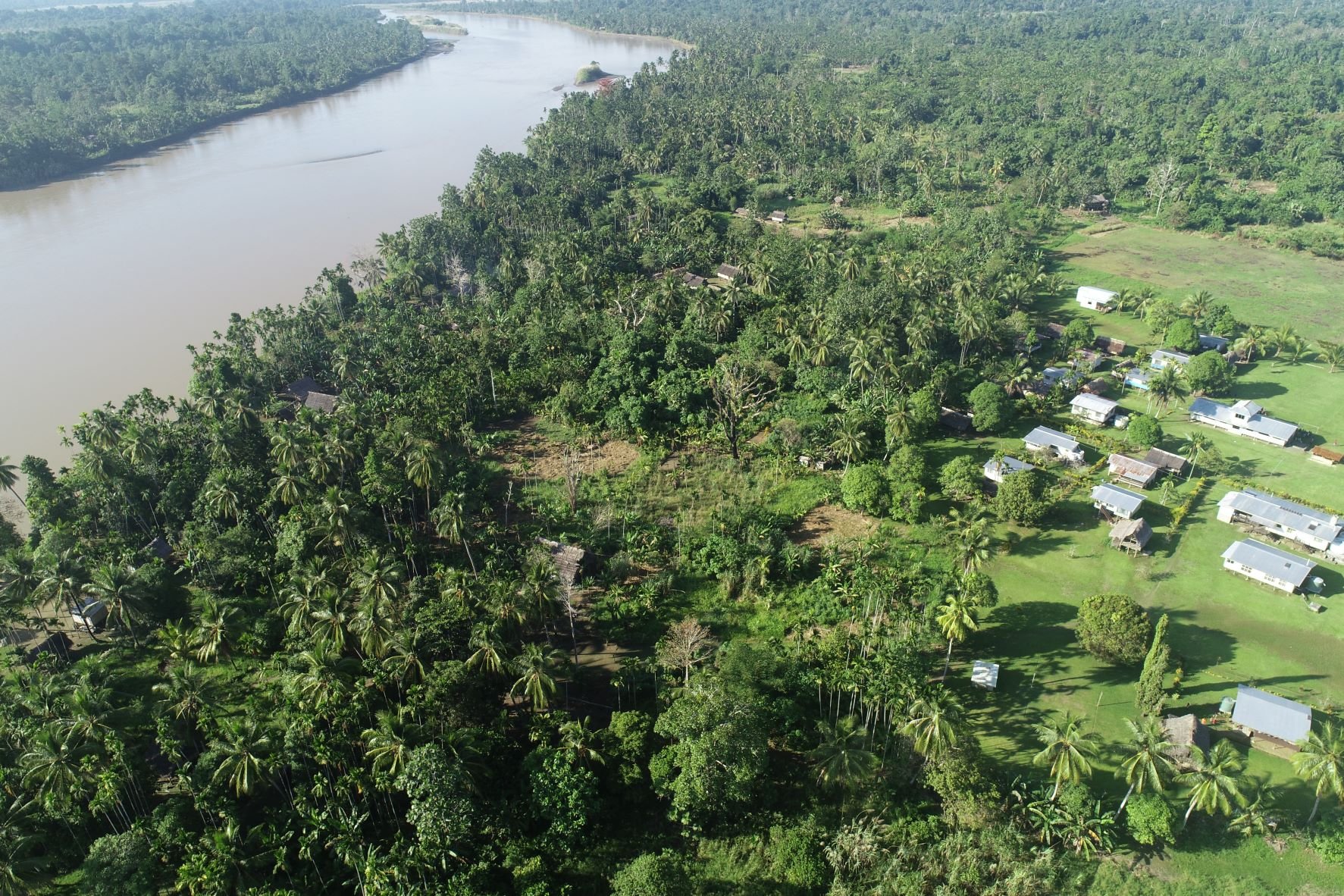
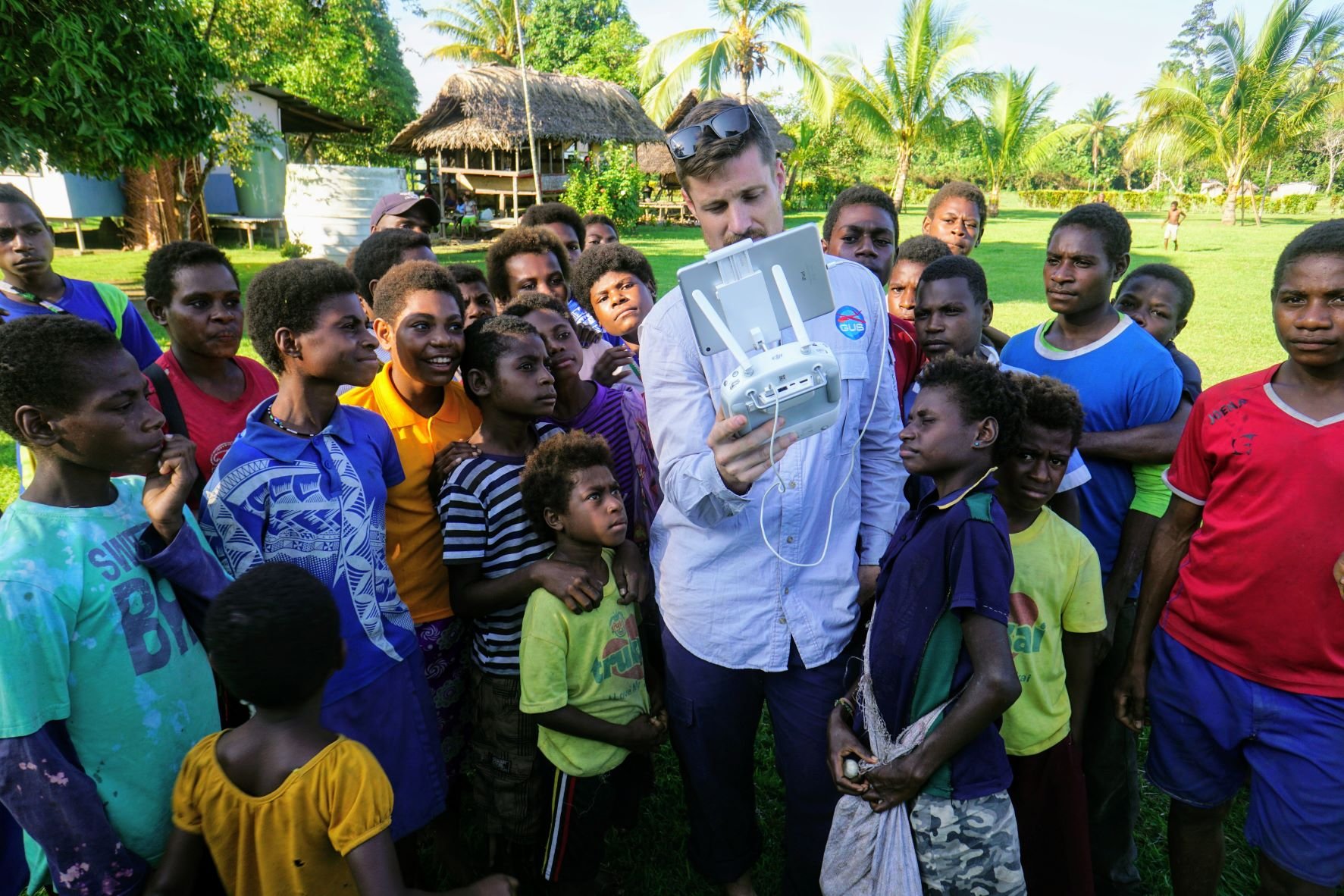
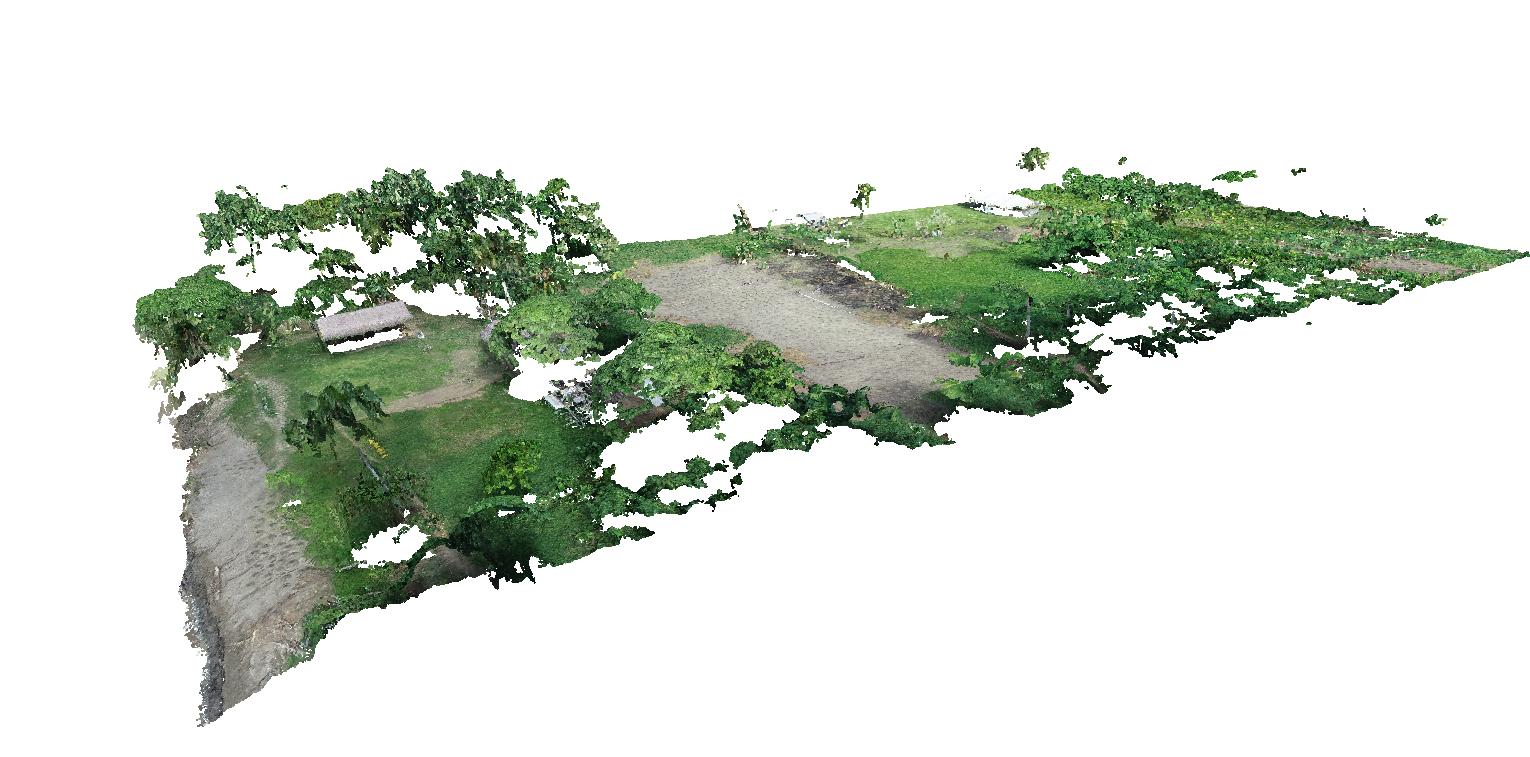
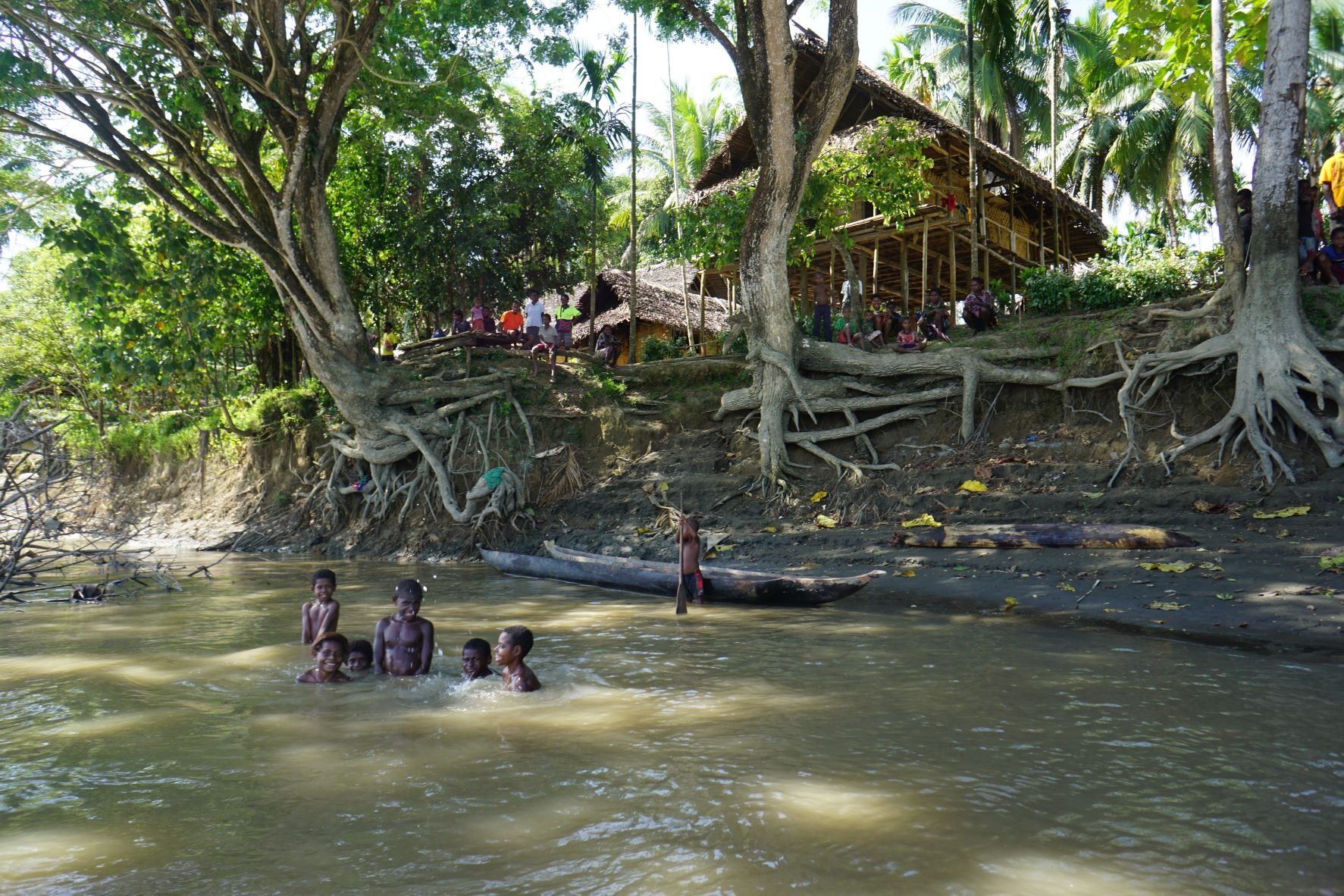
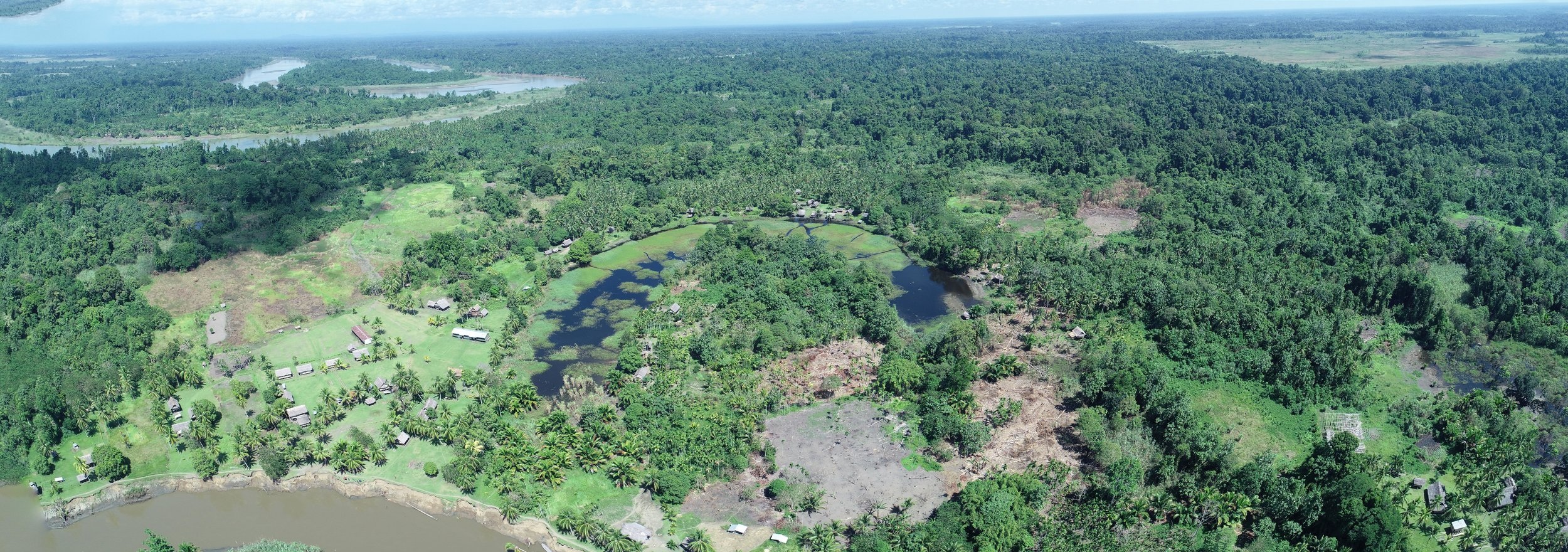

World Vision is a global humanitarian organisation whose activities include emergency relief, education, healthcare, economic development and promotion of justice.
In 2018, GUS conducted a feasibility study into the use of drone technology to assist World Vision in its disaster response activities in Papua New Guinea (PNG) and the broader Pacific region.
Given the typically intermittent nature of emergency response activities, GUS recommended assessing the additional potential of drones to add value to World Vision’s ongoing non-emergency activities in the region. The rationale behind this was that a capability designed to service both emergency and non-emergency responses sectors would not only be complimentary, but also deliver better overall value to end users.
GUS undertook wide-ranging consultation with World Vision staff in Port Moresby and Madang. Our team also conducted a field visit to one of World Vision’s most remote project sites in the Middle Ramu region of PNG.
Working with the local Civil Aviation Safety Authority of PNG as well as PNG Air Services, GUS managed a number of proof-of-concept exercises.
GUS found clear benefits in the short-term use of small drones to support key areas in World Vision’s programming. We recommended establishing an internal framework and building capability to support future planned activities. GUS advised that this sustainable approach could assist communities by reducing overall costs of program activities as well as by building disaster preparedness and emergency responsiveness.
GUS has consulted with World Vision on an ongoing basis as to how this capability could be developed and implemented in the future.
We have recently been invited to be part of Word Vision's global Response Innovation Lab. This network of partnerships uses innovation to respond to humanitarian needs. As subject matter experts, the team at GUS are ready to assist World Vision to embrace new technologies in both emergency and non-emergency situations.
